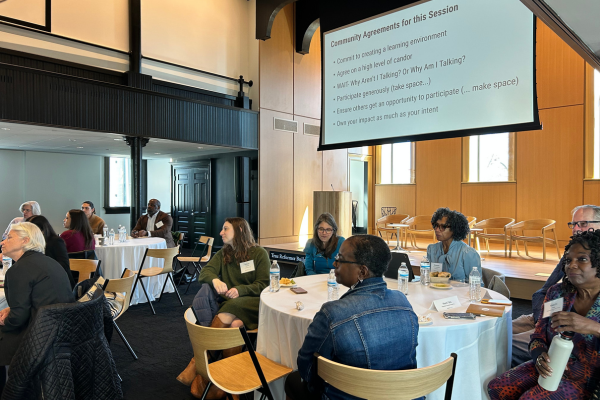By Monika Kalra Varma, CEO, BoardSource and Jamie Allison, Executive Director, Walter & Elise Haas Fund
We are living in a time of profound change and complexity.Maintaining community safety nets, advancing justice, expanding opportunity, and centering and honoring the dignity of all is more...
more

.png)






.png)

